Run Until the Lungs Bleed
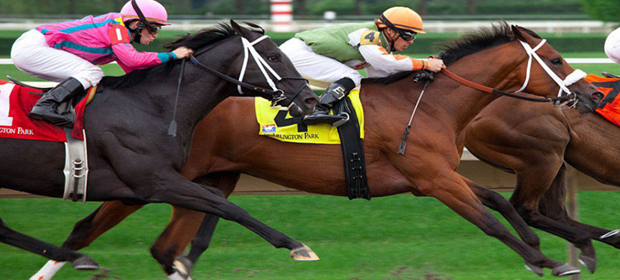
Horse racing is a very big and highly institutionalized industry.
In the US alone its economic scope is at around $10 billion.
90% of the horses suffer from lung bleeds and breathing difficulties.
90% of the horses suffer from deep bleeding stomach ulcers.
Most of the Horses suffer from severe bruises caused by the Aggressive whipping.
And all the horses are drug addicts.
Flat Racing
Most horses start with flat racing which is sprinting along a course at the age of two, which is 3 years before they are fully mature. “Owners” race them early because they want to get a return for their “investment” as soon as possible, despite that racing places an enormous strain on the horses’ under-developed limbs.
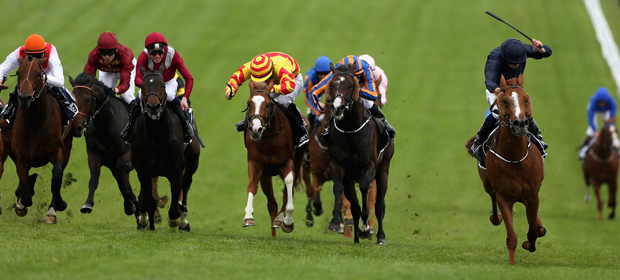
The few horses who have speed ability and stud potential would contest the “classics” and other more valuable races. Slower horses are forced to run in handicaps and selling races, where they can be sold to different owners and trainers.
And the ones who are found unfit for these kinds of races, would carry wagons, would be sent to the circus, or as most horses end, would be slaughtered for meat consumption.
Confinement
Horses are herd animals with strong social behavioral needs. But like in every other exploitation system, natural behaviors are denied from them. The horses have no contact with fellow horses.
The horses are kept in a small stall for more than 20 hours a day, in dark dingy stables, separated from each other.
They develop neurotic stereotypic behaviors, similar to animals in factory farms and zoos, such as wood chewing, box walking (round and round the stall), wind sucking (grasping an object with the teeth and sucking in air), or weaving (swaying the head, neck and forequarters from side to side).
They are deprived of natural behavior such as foraging hay, straw bedding, and visual contact with other horses.
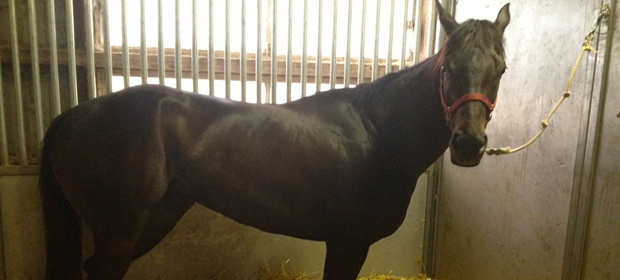
Acceleration Manipulations
The industry is making tremendous efforts in order to make the horses run faster.
The ingenuity is limitless:
They use special instruments to broaden the bronchi in order to widen the horse’s airways.
They use hormones in order to increase the red blood cells (since they carry oxygen).
They inject venom into the horses’ joint to harden it.
They infuse a mixture of carbonated water, sugar and electrolytes in order to increase the levels of carbon dioxide in the horses’ blood and to decrease the lactic acid. They do that to prevent exhaustion.
They use thousands of drugs.
They use oppression and subjugation methods.
They use batteries that are planted under the horse skin which will give the horses an electric shock when they slow down during the race.
Tubing
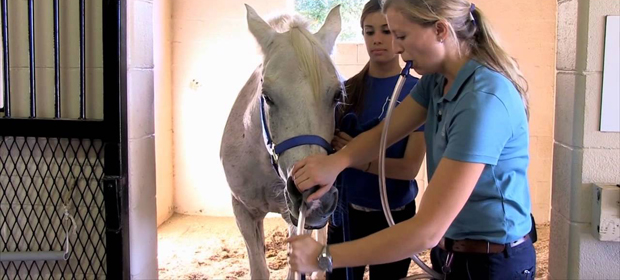
One of the most “creative” efforts the industry is making to increase the horses speed is a violent surgical procedure called Tubing. A hole larger than a 2 pence piece is surgically cut into a horse's neck, into which a metal breathing tube is then placed. The tube is designed to increase the air intake into the lungs with air drawn through the neck, in part bypassing the nose and mouth. The tube often gets blocked with mucus from the horse's throat, causing severe distress.
Whipping
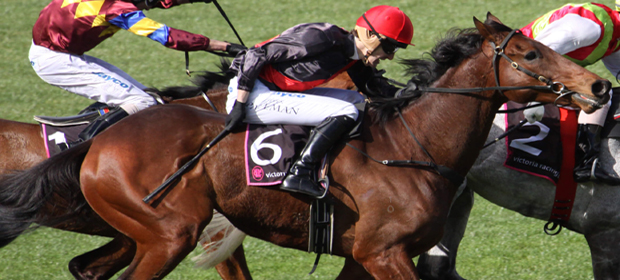
During the race, the jockeys are beating the horses with a whip while screaming and yelling at them. They kick the horses with metal goads, sticking them into the horses’ ribs, in order to urge them to run faster, particularly when approaching the finish line.
Drug Use
The use of drugs in horse racing is extremely common. Exploiters are using any possible chemical to give their horse an advantage over the others so they can increase their profits, no matter how high the price the horses pay.
Pushed beyond their limits, most horses are subjected to cocktails of drugs intended to mask injuries and artificially enhance performance.
Race horses are turned into junkies by their trainers and veterinarians, who drug them to keep them on the track even when they cannot race anymore.
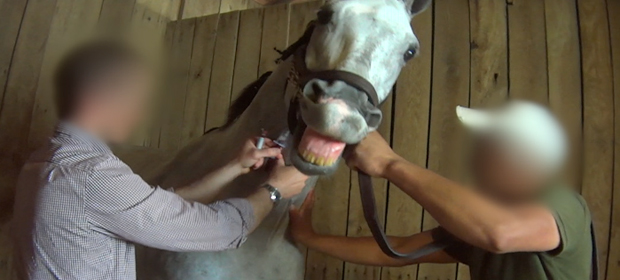
Diseases and Injuries
The horses suffer from a wide range of diseases and injuries because they start to train and race, before their body and skeleton are fully developed.
Horses are forced to race with hairline fractures, that without drugs would be too painful to run on.
The pain killers effect fades at some point and the horses which spend around 20 hours in the barn every day, are forced to bear the horrible pain for all these hours.
In some cases injured horses are being kept alive so that greedy owners can pump semen and therefore money out of them.
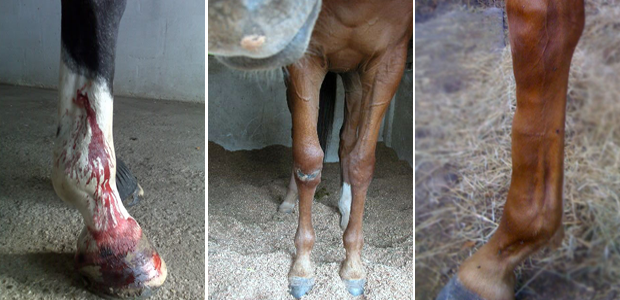
Exercise-Induced Pulmonary Hemorrhage (EIPH)
Due to the excessive exertion demanded of horses in the rigorous training and in the race, more than 90% of them have lung bleeds and breathing difficulties. The severe condition is usually a result of burst capillaries. The tiny blood vessels are ruptured by the acute pressure of blood pumping around the body during strenuous exercise.
Only about 1 per cent of horses show outward signs of bleeding, with blood at the nose. The rest are more difficult to diagnose because they bleed into their lungs without it being obvious.
Researchers at the University of Melbourne have shown that 56%of racehorses have blood in their windpipe, and 90% have blood deeper in their lungs.
Stomach Ulcers
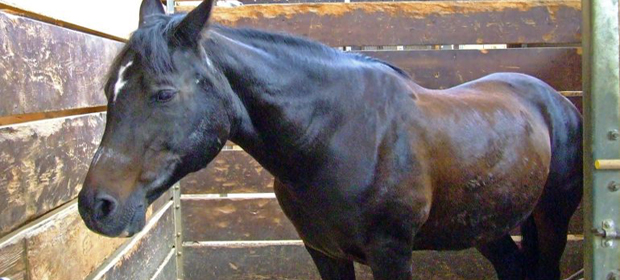
90% of the horses have deep bleeding stomach ulcers within 8 weeks of starting race preparation. A study regarding horse racing found that in the US, 94% of the horses in races have one or more lesions in the stomach lining and 100% of the horses who had raced in the 2 months prior to the study, had ulcers. When horses continue to race, their ulcers get worse.
Apart from the stress of racing, the major reason for the ulcers is intermittent feeding. Horses are fed only at certain times, so there is nothing to neutralize the stomach acid that damages the stomach lining.
Genetic Manipulations
The thoroughbred horses are genetic freaks. They run too fast, with a too large frame, on too small legs. These horses lack fully developed bone structure and muscular systems, and so are more likely to suffer injury. They develop acute lameness and sometimes break a leg in the race. The cartilage plate, in the shaft of the leg bone, is undergoing too much strain. It causes a tear in the periosteum layer around the bone leading to haemorrhage, acute lameness, shin soreness and scar tissue.
Centuries of selective genetic breeding caused horses to be born with fragile, twisted bodies. They run 72 km per hour, weigh 1,000 pounds, and have ankles as small as yours and mine.
Jump Racing
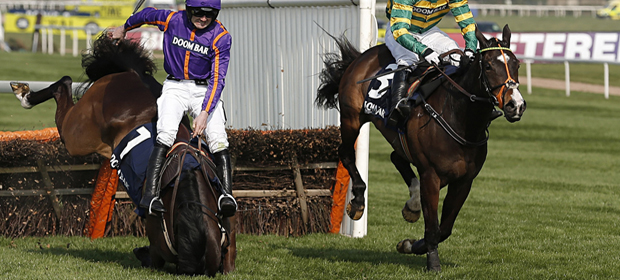
“Failed” and “retired” thoroughbred racing horses, are commonly further exploited in other types of races such as jumping races. These are even more dangerous and harmful than flat races, with up to 20 times more fatalities. This is mainly since a group of horses are forced to jump a series of one meter high fences, together, at speed.
There are two main types of jump racing, hurdles in which horses jump lightweight frame 'fences' with brush tops, and steeplechases in which horses jump a number of higher, more solid obstacles. Both are generally long and very tiring events.
The horses are forced to jump over 10 hurdles in the average race and as many as 20 or more hurdles in the longer races. When horses are bunched up as they approach a jump, it can make it more difficult to take off accurately and can lead to error or even a 'pile-up’. Muscle fatigue, especially in long races, increases the danger of horses to injure themselves when taking a jump. Horses are large, heavy animals and when they fall, they suffer extreme pain, even if there is no serious or long-term damage.
When jumping at speed, the force on the lead foreleg as it hits the ground is 1.7 times the body weight of the horse. Some of the shock of the hooves hitting the ground is absorbed by the spongy bone, which is compressed in the process. A bone becomes weaker in the course of a race as a result of this micro-crushing.
When a horse breaks a leg or a shoulder, the bones may shatter into many pieces, making it impossible for a veterinarian to "repair" them.
'Wastage'
The cost of restoring a horse to full fitness is expensive, not necessarily successful and usually deemed uneconomic. Consequently, horses' injuries get worse. Horses that suffer severe injuries and horses failing to win races are considered 'wastage' by the racing industry and are sold for riding, eventing or other uses. The majority are sent for slaughter, either directly through auctions or 'eventually' when they have no further use.
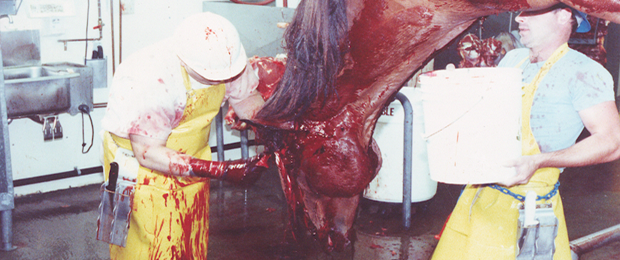
Humans have been exploiting horses for thousands of years now.
Not that any type of exploitation could be morally justifiable, yet you would expect that since most of the functions that horses were forced to do for humans all along history are filled by machines, maybe at least horses would be free of human tyranny.
But many horses are still widely exploited for transportation, police and military services, labor, sport and leisure. Some of these exploitative functions have only gotten worse, mainly the horse racing industry where horses are…
Pushed way beyond the point of exhaustion.
Pushed way beyond the ability of their bones to hold up the weight of their body.
Drugged with many chemicals to mask their pain and enhance their performance.
Forced to keep running despite severe diseases and injuries.
Bleed from the lungs.
Slaughtered when are found not profitable enough for their exploiters.
Even the exploitation of one of humans’ oldest victims is not going to end in the near future.
Another reason why we must find ways to make humans end in the nearest future possible.